



Jeremy Lennert
gamer level 6
8800 xp
8800 xp
followers
90
90
Use my invite URL to register (this will give me kudos)
https://boardgaming.com/register/?invited_by=antistone
profile badges




recent achievements

Professional Advisor
Submit 25 game tips, strategies, or house rules and receive a total of 1200 positive ratings.
Submit 25 game tips, strategies, or house rules and receive a total of 1200 positive ratings.

Viscount / Viscountess
Gain 25 total followers
Gain 25 total followers

Senior
Earn Professor XP to level up by completing Professor Quests!
Earn Professor XP to level up by completing Professor Quests!

Tactician
Submit 20 game strategies and get 680 positive ratings.
Submit 20 game strategies and get 680 positive ratings.

Add Games to Your Wish List! Navigate to a game page and click on the "Want It!" button
Player Stats
Critic (lvl 2)
310 xp
310 xp
Explorer (lvl 3)
782 xp
782 xp
Professor (lvl 4)
2012 xp
2012 xp
Reporter (lvl 1)
200 xp
200 xp
About Me
I like to pick games apart and understand them. I also like to design my own games and variants. Some of my designs have been published by Victory Point Games.

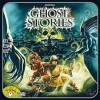




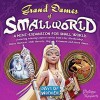

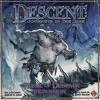
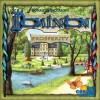


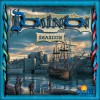
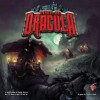







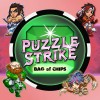

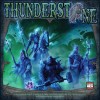



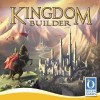



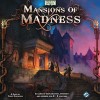









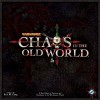







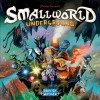
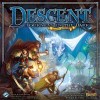

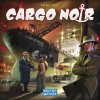



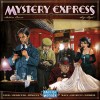
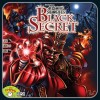

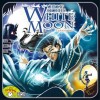
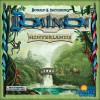
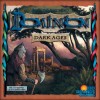








Ghost Stories
Ghost Stories is a fully cooperative game in which you control Taoist monks defending a village from an onslaught of ghosts and try to prevent the return of Wu-Feng, Lord of the Nine *****. Players move about the village, fight ghosts, and call upon special abilities of the villagers. The game prominently features variable player powers and winning requires careful balancing of conflicting goals.
This game is a tightly-woven ball of simple but beautiful mechanics. The combat rules reward you with improved efficiency when you take your time to prepare for a fight, but the ghosts instill urgency with a variety of abilities that punish you for ignoring them, requiring constant re-evaluation of your priorities. The ability to exorcise two ghosts at once in a corner space is a great boon, but the corners offer the fewest movement options, so taking full advantage of them requires careful planning. The Taoists all have powerful, game-changing abilities.
The game offers a satisfying variety of options, and every single one of them will save the day in one situation or another. There are times you must band together and times you must split up. There are times you will spend your entire turn just setting up the next player for a key exorcism. There are times you must throw yourself into the jaws of death in a desperate gambit, and times when you must force yourself to sit calmly in the tea house while all the ghosts of **** howl around you.
But for all that, you can teach the rules to a new player in about five minutes. Learning from the rulebook is a bit harder (it’s translated), but once one person understands the game, you can easily play this with a novice gamer (as long as they don’t mind losing).
The game seems impossibly hard until you grasp the importance of tao tokens; after that, it’s merely hard.
I would encourage anyone who thinks they might be interested in cooperative board games to give Ghost Stories a try.